Sustainability Newsletter-March,2024
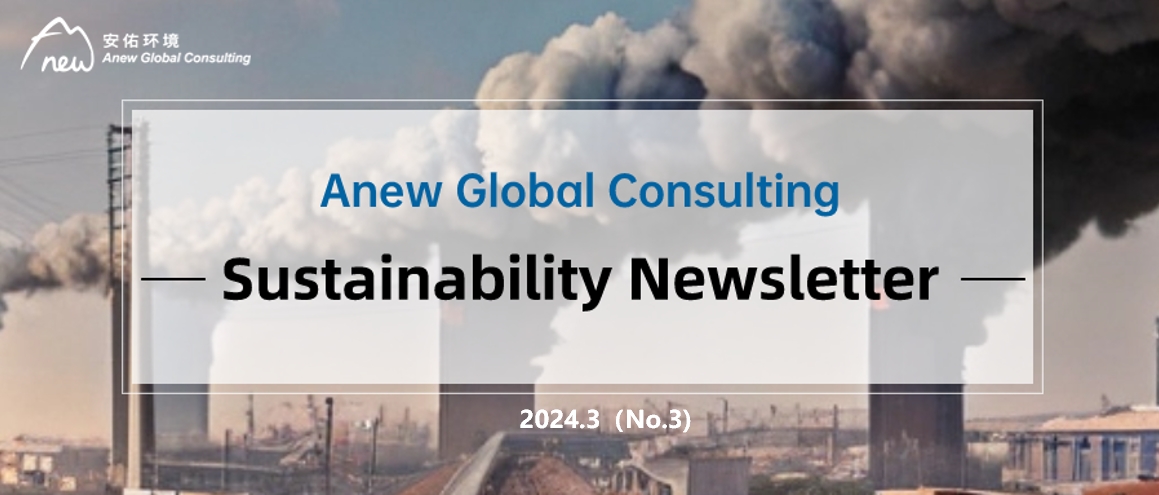
No.1

On February 26, Zhao Yingmin, Vice Minister of the Ministry of Ecology and Environment (MEE), and Zhang Yaobo, Director of the Fourth Bureau of Legislation introduced the “Interim Regulations on the Administration of Carbon Emissions Trading” at the policy briefing meeting held by the State Council Information Office. The Regulations signify China’s first regulation addressing climate change. It is also the first time to clarify the carbon emissions market trading system in administrative regulations.
On an annual basis, MEE has carried out verification of carbon emissions accounting, not only in the power generation sector, but also in seven other major carbon emitting industries, including steel, building materials and nonferrous metals. “We are proactively promoting relevant work, and will endeavor to make the first expansion of the market as early as possible, ” Zhao said.
No.2
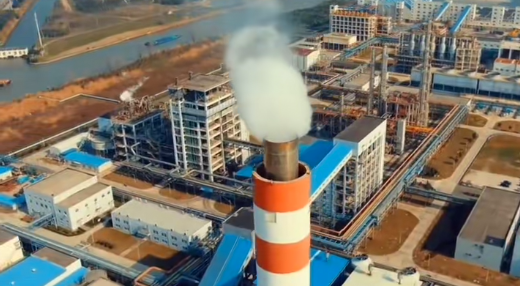
The Guidelines require the establishment of a standard system for carbon peak and carbon neutrality in the industrial sector by 2025, encompassing over 200 critical standards for carbon peak. The Guidelines focus on formulating generic standards of GHG accounting and low-carbon technology and equipment to support the assessment and emissions reduction.
By 2030, this system should be comprehensive, covering all key industries and sectors, thereby reaching the industrial carbon peak. The focus will then shift towards achieving carbon neutrality.
No.3
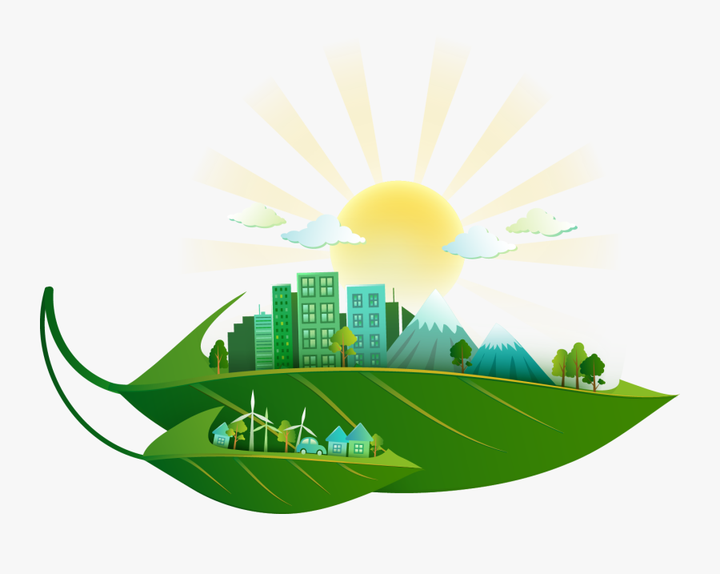
The Guidelines propose that by 2030, the output value of green factories should occupy more than 40% of the total manufacturing industry’s output value. By 2035, China aims for its manufacturing industry to possess competitive advantages of green and low-carbon solutions in the global industrial and supply chains, making green development the new norm of the “New Industrialization” process. The Guidelines also propose transitions in six areas to achieve a high-end industrial structure, low-carbon energy consumption, circular resource utilization, clean production processes, green product supply, and digital manufacturing workflows.
No.4

The 2024 edition updates the “Green Industries Guidance Catalog (2019 edition)”, clarifying the detailed categories and specific contents of 7 major industries of green and low-carbon transition, including the energy conservation and carbon emission reduction industry and the environmental protection industry. A mutual recognition mechanism between the Catalog and relevant international green standards is planned to be established. Financial institutions are encouraged to support projects or activities in domestic and “Belt and Road” co-building countries that comply with the Catalog’s requirements.
No.5

On February 8, the Shanghai Municipal Bureau of Ecology and Environment released a list of enterprises subject to the 2023 Shanghai carbon emissions allowance management (hereinafter referred to as the “List”). The list includes 308 enterprises from sectors such as industry, transportation, building, and data center. According to the Plan, Shanghai’s total carbon emission allowance for 2023 is 105 million tons, which includes both directly issued allowances and reserve allowances. The industry baseline method, historical intensity method, and historical emission method are all applicable for determining enterprises’ directly issued allowances, with priority for the first two methods.
No.6
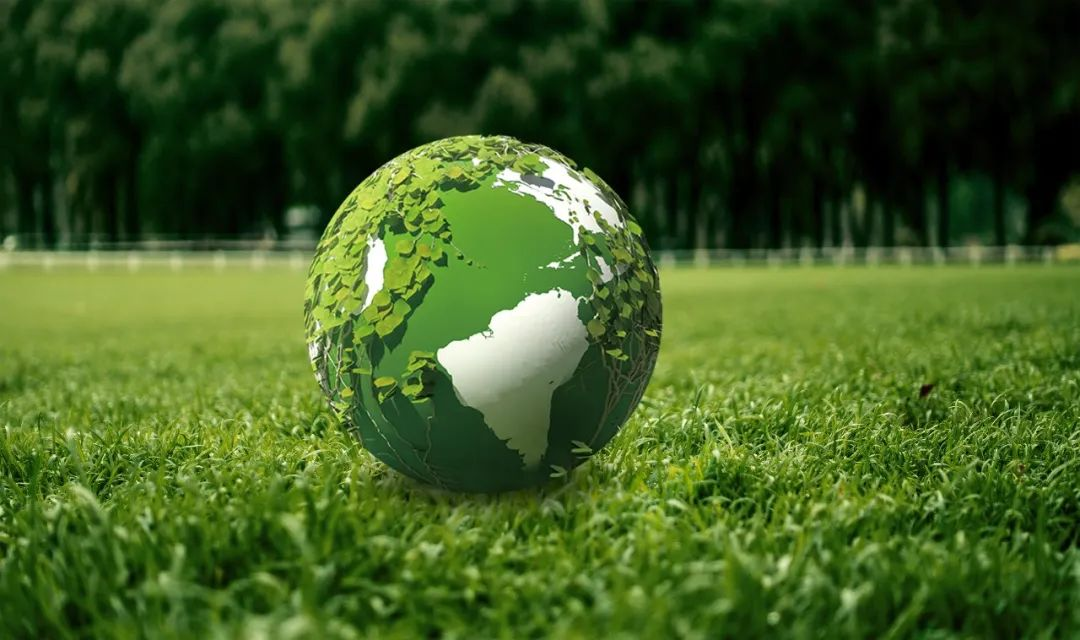
Recently, the State Council issued guidelines for expediting the establishment of a waste recycling system, aiming for a basic waste recycling system across all sectors by 2025. The guidelines set targets for the annual utilization of bulk solid waste at 4 billion tons and a utilization rate of 60%. The annual utilization target for major renewable resources, including scrap metals, waste paper, plastics, rubber, and glass, is set to reach 450 million tons. The expected annual output value of the resources recycling industry is projected to hit 5 trillion CNY. By 2030, the goal is to develop an advanced and efficient recycling system, positioning the overall waste recycling capabilities among the world's best.
No.7
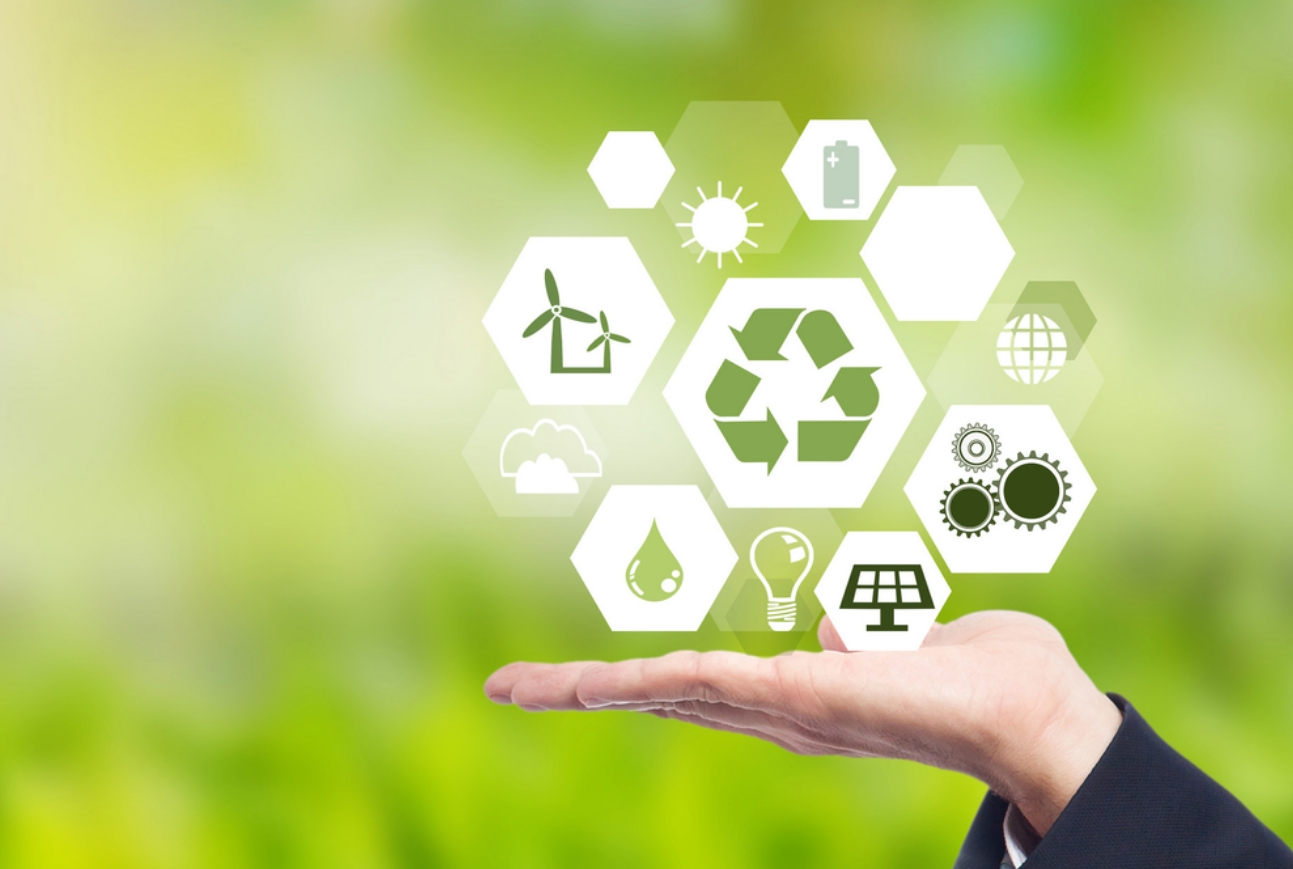
The National Development and Reform Commission (NDRC) recently updated the energy efficiency benchmarking scheme for major energy-consuming products and equipment. The scope is expanded to 43 types across six categories: industrial, ICT, transportation, commercial, household appliances, and lighting apparatus. Energy efficiency levels of these products and equipment are categorized into Advanced, Energy Conservation, and Entry levels, with the energy efficiency index for Advanced and Energy Conservation not below Level 1 and Level 2, respectively. The Entry-level defines minimum energy efficiency for market access and serves as a technical reference for phasing out outdated equipment.
No.8
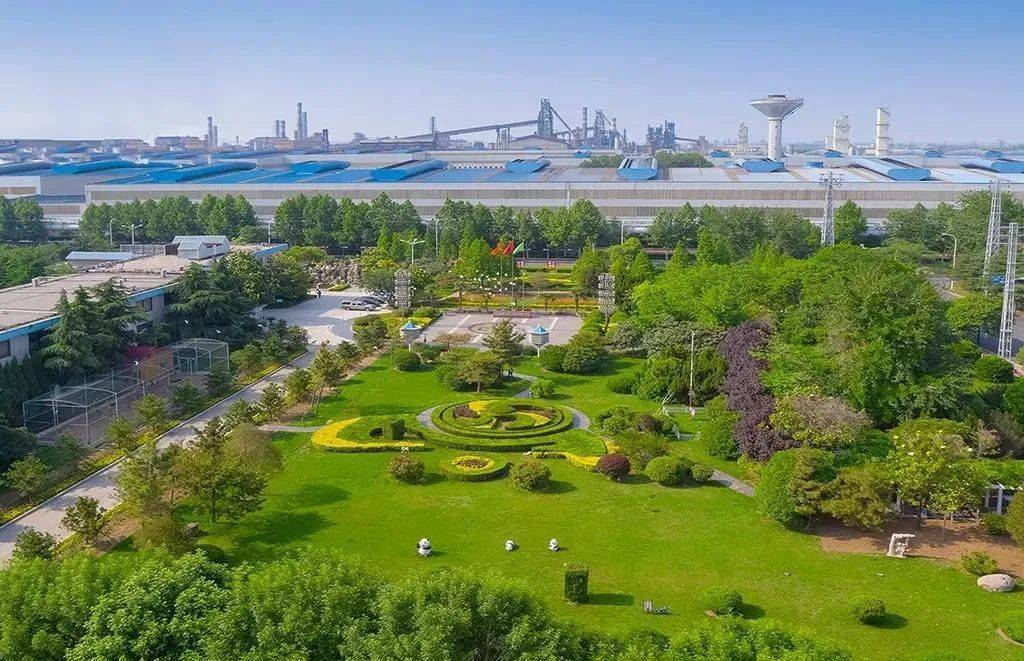
The Interim Measures, released by the Ministry of Industry and Information Technology (MIIT), introduce new mechanisms for green factory cultivation. The mechanisms operate on two fronts: vertically, through coordinated efforts at the national, provincial, and municipal levels, and horizontally, with initiatives led by green industrial parks and green supply chain enterprises. MIIT has established and maintains the “Industrial Energy Conservation and Green Development Platform” for the cultivation and dynamic management of green manufacturers.
No.9
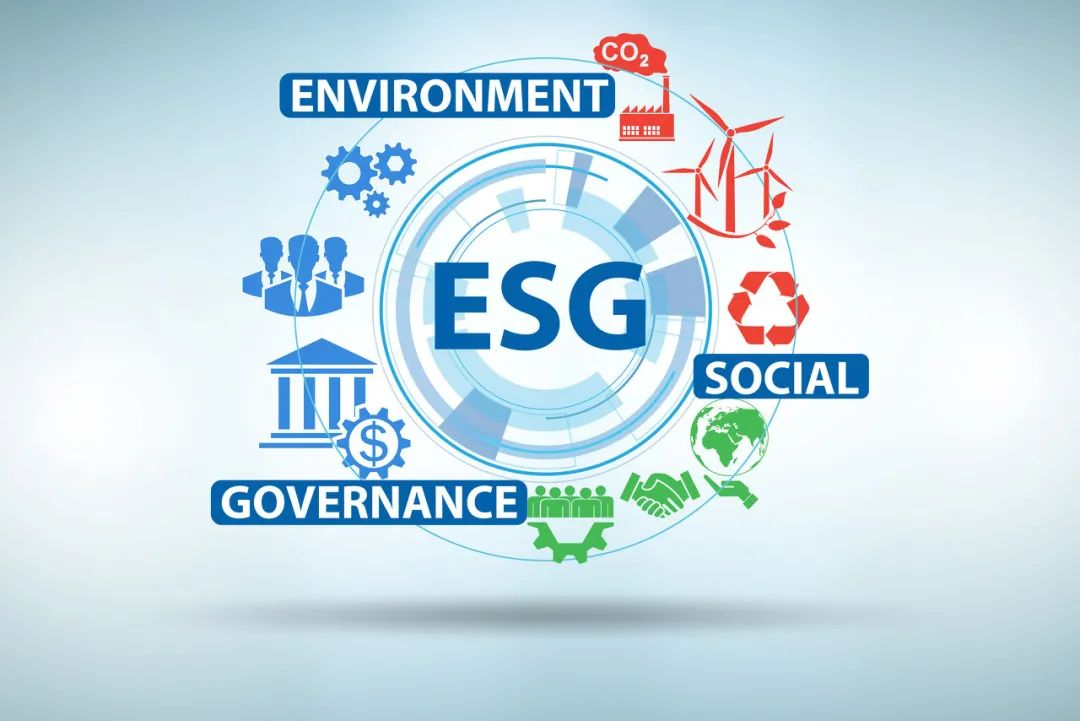
By 2026, Shanghai aims to develop an ESG ecosystem involving the municipal government, trade organizations, foreign-related enterprises, and professional services institutions. The Plan seeks to enhance the ESG understanding, capacity, and practice among foreign-related enterprises in Shanghai. Plans include establishing a corporate ESG reporting and evaluation standard system and publishing outstanding ESG cases from foreign-related enterprises. Additionally, Shanghai intends to introduce international ESG services institutions and develop globally recognized local entities.
-END-